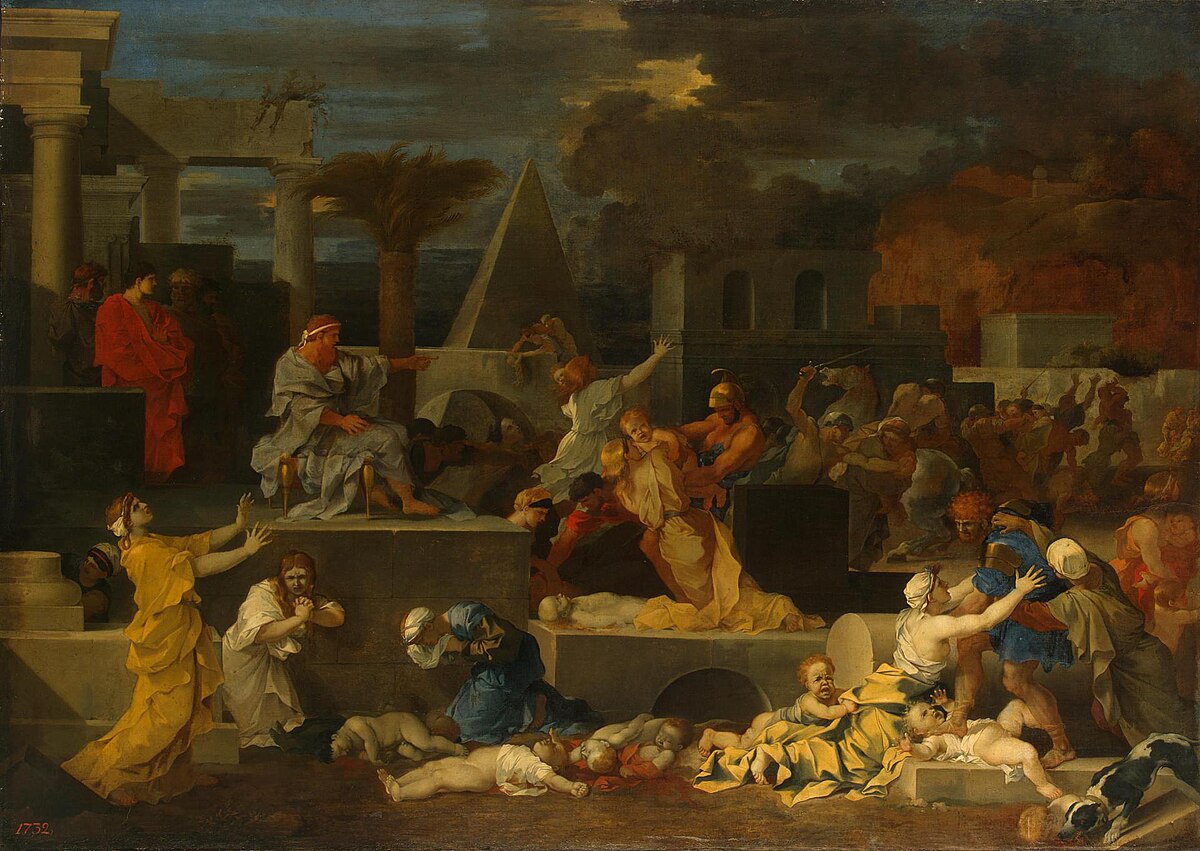
Massacre of the Latins
İstanbul, TurkeyFrom the late 11th century, Western merchants, primarily from the Italian city-states of Venice, Genoa and Pisa, had started appearing in the East. The first had been the Venetians, who had secured large-scale trading concessions from Byzantine emperor Alexios I Komnenos. Subsequent extensions of these privileges and Byzantium's own naval impotence at the time resulted in a virtual maritime monopoly and stranglehold over the Empire by the Venetians.
Alexios' grandson, Manuel I Komnenos, wishing to reduce their influence, began to reduce the privileges of Venice while concluding agreements with her rivals: Pisa, Genoa and Amalfi. Gradually, all four Italian cities were also allowed to establish their own quarters in the northern part of Constantinople itself, towards the Golden Horn.
Following the death of Manuel I in 1180, his widow, the Latin princess Maria of Antioch, acted as regent to her infant son Alexios II Komnenos. Her regency was notorious for the favoritism shown to Latin merchants and the big aristocratic land-owners, and was overthrown in April 1182 by Andronikos I Komnenos, who entered the city in a wave of popular support. Almost immediately, the celebrations spilled over into violence towards the hated Latins, and after entering the city's Latin quarter a mob began attacking the inhabitants.
Many had anticipated the events and escaped by sea. The ensuing massacre was indiscriminate: neither women nor children were spared, and Latin patients lying in hospital beds were murdered. Houses, churches, and charities were looted. Latin clergymen received special attention, and Cardinal John, the papal legate, was beheaded and his head was dragged through the streets at the tail of a dog.
Although precise numbers are unavailable, the bulk of the Latin community, estimated at 60,000 at the time by Eustathius of Thessalonica, was wiped out or forced to flee. The Genoese and Pisan communities especially were devastated, and some 4,000 survivors were sold as slaves to the (Turkish) Sultanate of Rum. The massacre further worsened relations and increased enmity between the Western and Eastern Christian churches, and a sequence of hostilities between the two followed.
